Blocked drains can be a nightmare, causing unsightly messes and unpleasant odours. But did you know that there are various causes of blocked drains, such as hair, grease, foreign objects, tree roots, hard water, and ageing plumbing systems? In this comprehensive guide, we’ll delve into each of these causes and provide proven tips for clearing blocked drains, ensuring your plumbing remains in optimal condition.
Key Takeaways
- Hair and soap residue are common causes of blocked drains, while proper disposal of food waste and regular maintenance can help to prevent blockages.
- DIY tools such as drain snakes or augers can be used for minor issues, whereas professional services such as a hydrojet drain machine may be necessary for more severe blockages.
- Regular inspections by a licensed plumber should be conducted to ensure optimal performance of the plumbing system, including CCTV drain camera inspections.
Hair and Soap Residue: The Bathroom Culprit

One of the most frequent causes of blocked sinks and shower drains is hair shedding from the body while showering or preparing over the sink. When not addressed promptly, a buildup of hair in a shower drain hole can lead to numerous problems in the future.
Additionally, soap bars are composed of fats and oils, which can accumulate as soap scum in drains, causing dirt and other materials to bind together and form a clump. This can result in a clogged drain and a malodorous sink.
Prevention Techniques
Using soap-free alternatives devoid of fats and oils can help reduce hair and soap residue buildup in bathroom drains. This can help prevent clogged drains and outdoor drains from becoming blocked. Regularly cleaning your drain and being mindful of early warning signs, such as slow draining and gurgling sounds, can also aid in preventing blockages.
DIY Solutions
A combination of baking soda and vinegar can effectively resolve blocked drains caused by hair and soap residues. Alternatively, a drain cleaning device such as a drain spider can be utilised to remove hair from the drain. However, caution should be exercised as some devices and low-cost hair removal chemicals, including caustic cleaners, may exacerbate severe blockages.
After attempting any DIY solution, it is recommended to run water through the drain to evaluate if the blockage has been removed.
Kitchen Grease and Food Debris: A Recipe for Blockage
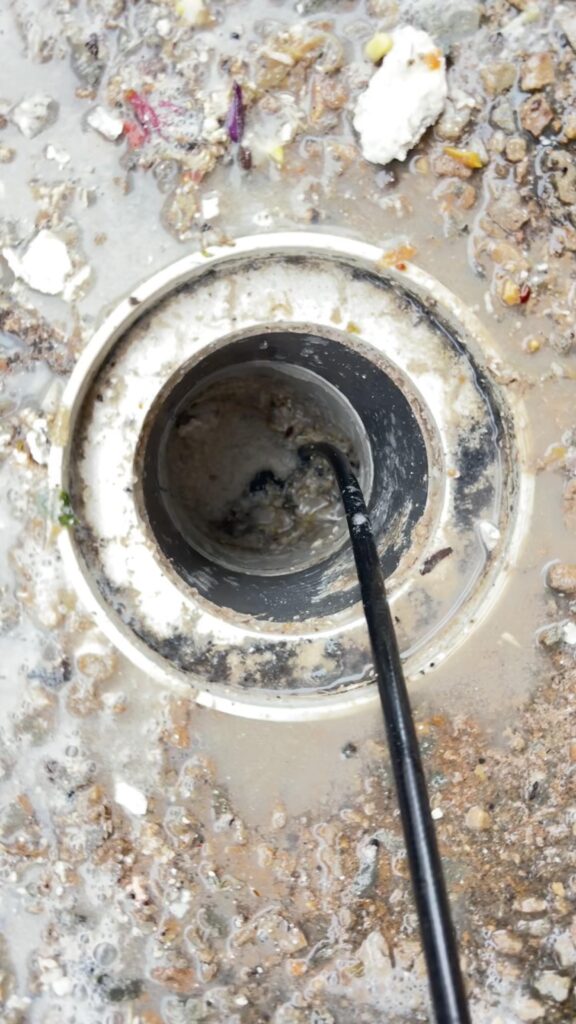
Food waste and grease accumulation are the main culprits behind kitchen drain blockages. Pouring cooking oil, fat, and grease down the sink can lead to a buildup that coats pipes and solidifies, potentially causing obstructions and even forming large ‘fatbergs’ in the sewer line.
Furthermore, certain food waste items, such as coffee grounds and tea leaves, should be avoided when disposing of them in kitchen drains.
Proper Disposal of Food Waste
Routinely cleaning the sink and drain, using a drain strainer to catch food scraps, and avoiding the disposal of cooking oil down the sink are key preventative measures against kitchen drain blockages. Scraping food waste into the trash can or compost bin is the recommended approach, as pouring food waste down the kitchen sink can lead to blockages.
Clearing Grease Buildup
Using a plunger or a drain snake can dislodge grease buildup in kitchen drains. Additionally, a mixture of baking soda and vinegar may be effective in dissolving the buildup.
For more severe blockages, professional services such as hydro jetting or chemical drain cleaners may be necessary.
Foreign Objects: Avoiding Costly Mishaps
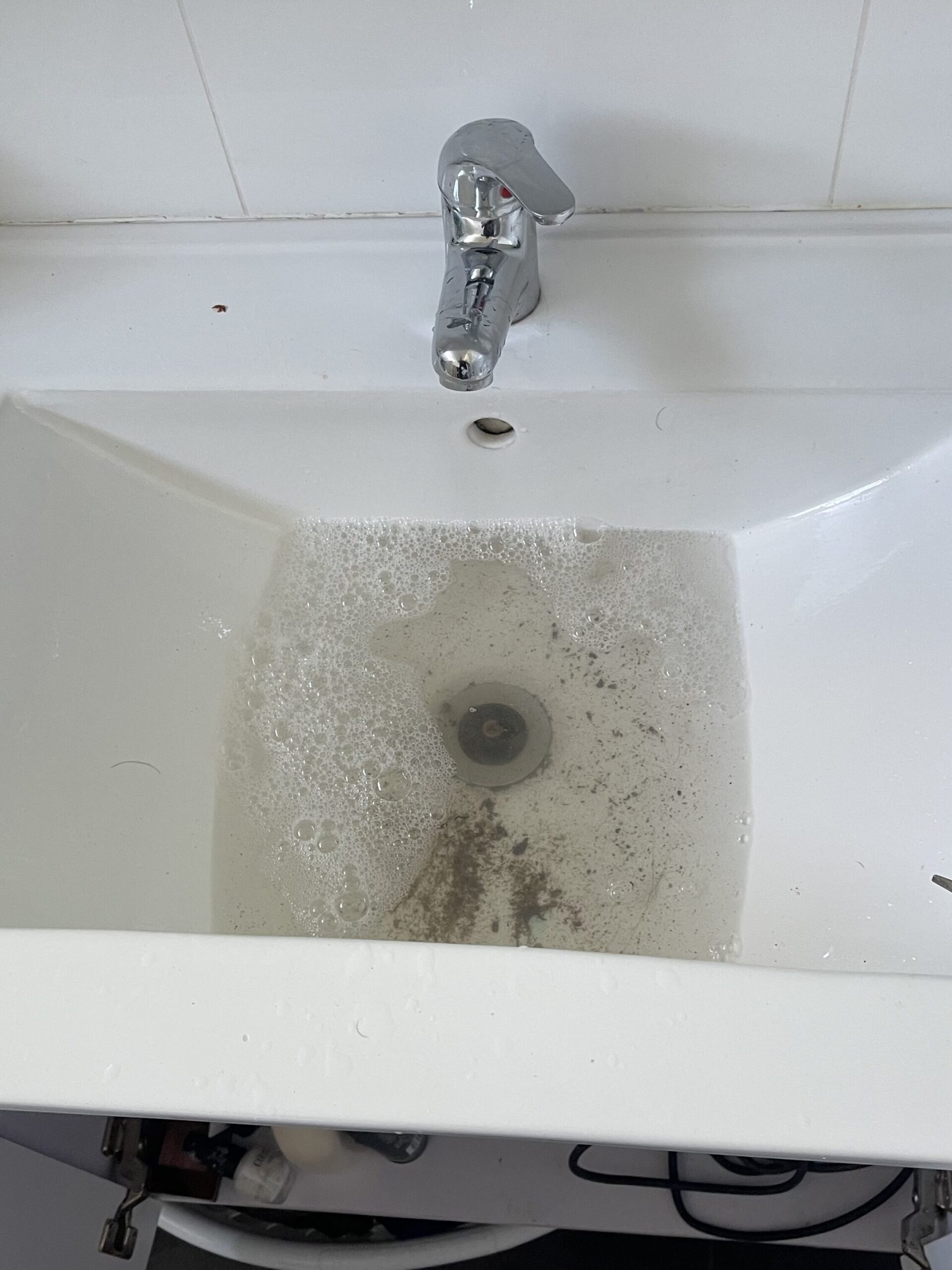
Foreign objects, such as:
- children’s toys
- soap
- food build-up
- sanitary items
- electronic waste
- other materials
can cause drain blockages. When these objects become lodged in drains, they can create unsanitary conditions and potentially lead to leaks and pipe bursts, causing disruption in the home.
Preventing blockages caused by foreign objects requires proper food waste disposal, careful monitoring of young children to avoid object flushing, and awareness of items that may accidentally fall into the drain.
Educating Household Members
Educating household members on proper disposal practices is crucial in preventing blockages caused by foreign objects. This includes disposing of grease and fat in the trash, rather than down the drain, and avoiding flushing items such as toilet paper, feminine hygiene products, baby products, and toys. By raising awareness and ensuring proper disposal, you can prevent costly repairs and maintain a healthy drainage system.
Retrieving Blocked Objects
In the event that a foreign object becomes lodged in a drain or toilet, a plunger, drain snake, or drain auger may be utilised to retrieve the object. It is important to exercise caution when attempting to remove foreign objects, as improper handling may result in further damage to the plumbing system.
When in doubt, don’t hesitate to call a professional plumber for assistance.
Tree Roots Invasion: Protecting Your Drain Pipes
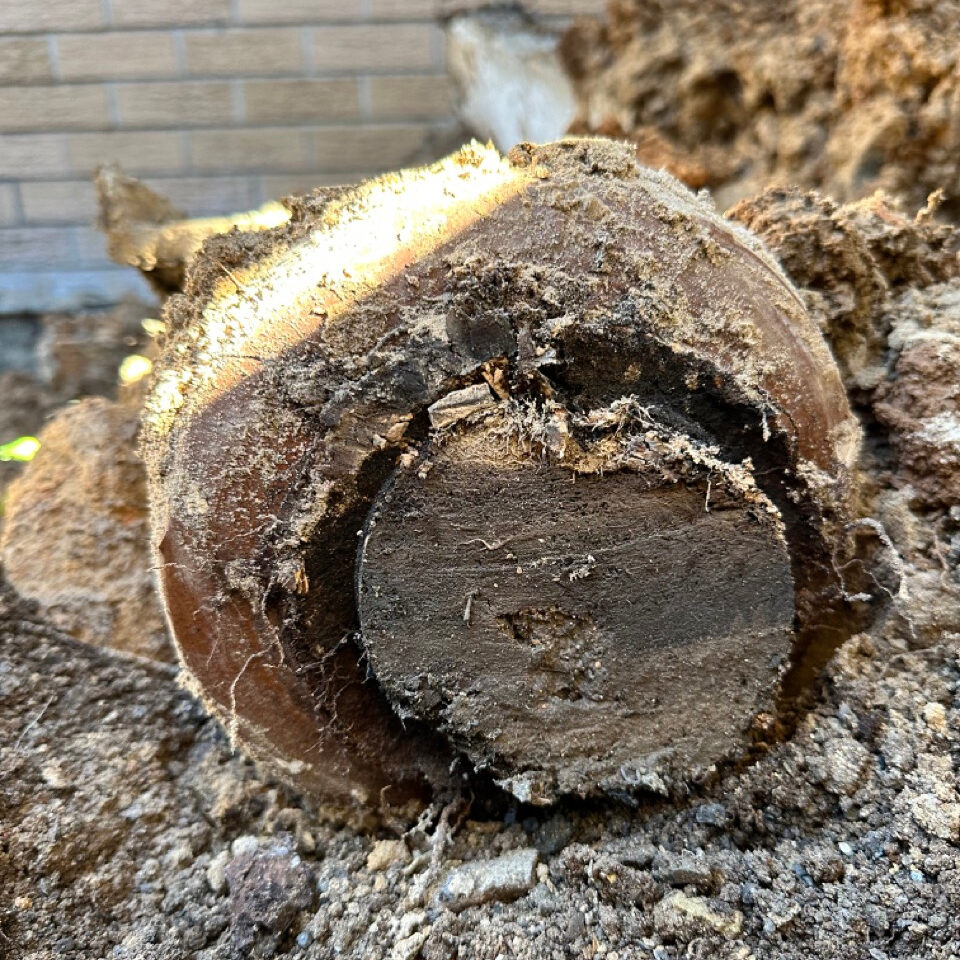
Tree roots can cause significant damage to your drain pipes, as they can infiltrate and cause cracks, resulting in clogs and seepage. These unwanted intruders are attracted to drains in search of water and can penetrate pipes through cracks, joints, or loose connections.
Left untreated, tree root intrusion can lead to costly repairs and even replacement of your drainage system.
Identifying Tree Root Intrusion
Signs of tree root intrusion in your drain pipes may include:
- Foul odors coming from drains or plumbing fixtures
- Slow-draining sinks and tubs
- Blocked drains
- Gurgling sounds
- Soft, spongy, or unexpected green patches in your yard
- Toilet backups
- Bad smells from the drain
Early identification of tree root intrusion allows you to tackle the problem before your plumbing system suffers severe damage.
Remedies and Prevention
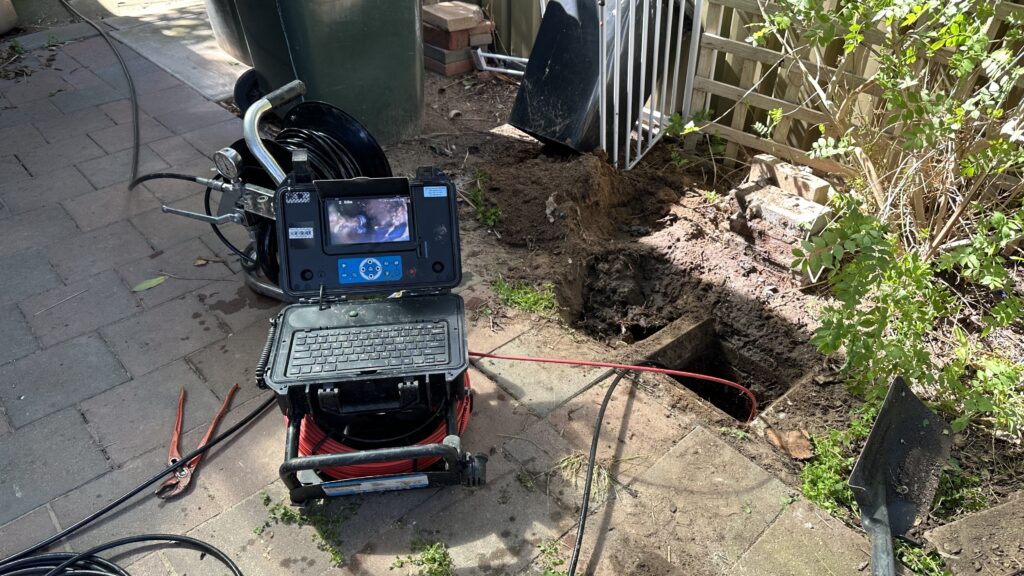
If tree roots have already infiltrated your drain pipes, effective solutions include:
- Using chemical treatments to remove the roots
- Using mechanical root cutting to remove the roots
- Pipe relining or drain excavation to repair the damaged sections of your pipes
Preventative measures include proper tree maintenance, regular inspections of pipes, and the use of root barriers to prevent roots from reaching your drain pipes.
Ageing Plumbing Systems: Recognising the Signs
Ageing plumbing systems have been employed for an extended period and may exhibit signs of deterioration. Water pipe breakage may result from tree roots and the natural deterioration of pipes.
Broken pipes are more susceptible to blockages due to the presence of cracks and gaps, which can trap debris and lead to blockages.
Common Problems in Older Plumbing
Older plumbing systems may encounter issues such as corrosion, mineral buildup, and tree root intrusion. These issues can be identified by signs such as slow draining, water discoloration, and unpleasant odours.
Maintenance Tips
Conducting regular inspections, cleaning, and repairs can help prevent blockages and leaks in aging plumbing systems. Ensuring the correct plumbing fixtures and materials are used can also help maintain a healthy drainage system and avoid costly repairs.
Proper Installation and Maintenance: Avoiding Plumbing Headaches
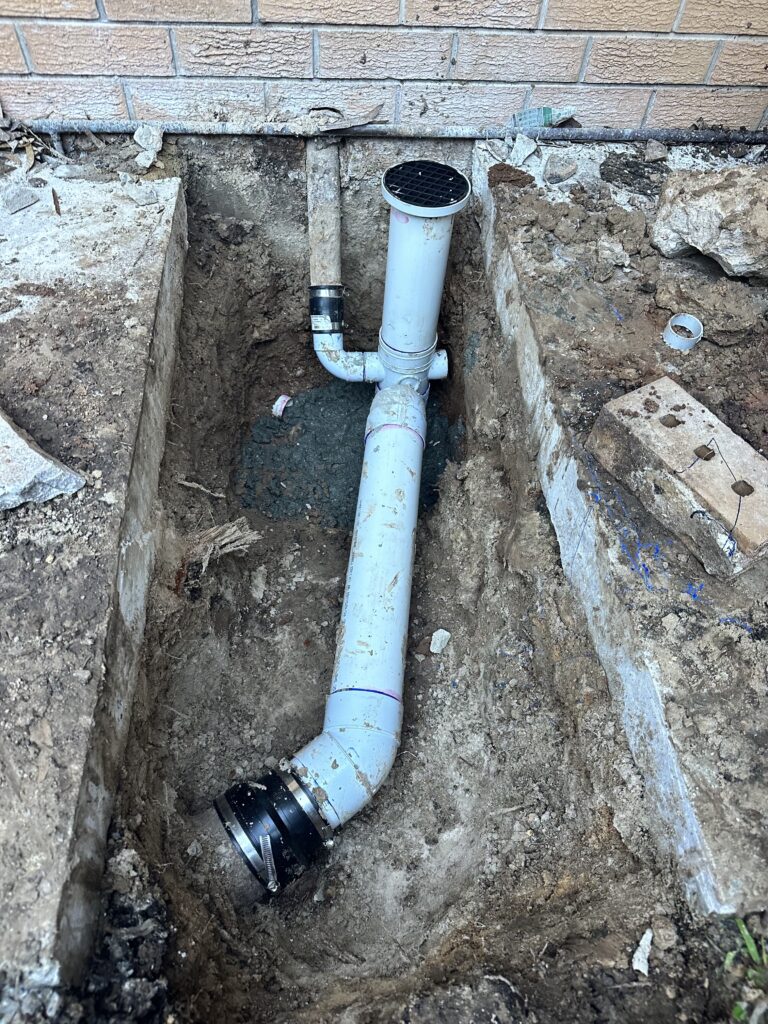
By hiring a licensed plumber for pipe and drain installation, you ensure a correct setup which promotes a healthy water flow and reduces the chances of blockages.
Regular inspections and maintenance are also key to preserving the good condition of your plumbing system and steering clear of issues like leaks, burst pipes, and clogged drains.
The Importance of Hiring a Licensed Plumber
Hiring a licensed plumber is highly beneficial as they have the requisite training and expertise for accurate installation and maintenance of plumbing systems. Additionally, licensed plumbers are obligated to adhere to local building codes and regulations, guaranteeing that the work is conducted safely and correctly.
Regular Inspections and Maintenance
Regular inspections and maintenance require the identification of any potential issues to ensure the plumbing system operates properly. This includes:
- Assessing the performance of the water heater
- Examining temperature and pressure relief valves
- Evaluating thermostat settings
- Confirming adequate ventilation
Tools and Techniques for Unblocking Drains

Various tools and techniques are available for unblocking drains, ranging from DIY solutions such as drain snakes and augers, plungers, and boiling water, to professional services such as high-pressure hydrojets and sewer drain cameras.
Promptly addressing a blocked drain is vital to prevent the creation of unsanitary conditions and potential leaks or pipe bursts that can disrupt home life. Knowing how to clear a blocked drain can be a valuable skill in such situations, and clearing blocked drains should be a priority for homeowners.
DIY Drain Snakes and Augers
Economical tools, such as DIY drain snakes and plumber’s snake, can effectively clear minor drain obstructions. They are composed of long, flexible cables or metal springs that can be inserted into the drain to break up and remove clogs.
These tools are frequently used in smaller drains such as bathroom or kitchen sinks and can be procured or rented for DIY use.
Professional Services and Equipment
Severe drain blockages may necessitate professional services and equipment like hydro jetting and sewer drain cameras. These powerful tools and chemical cleaning solutions can effectively clear stubborn drain blockage and ensure the proper functioning of your plumbing system.
Summary
In conclusion, proper installation, maintenance, and timely intervention are crucial to maintaining healthy plumbing systems and preventing blocked drains. By following the tips and techniques shared in this guide, you can ensure that your plumbing system remains in optimal condition, saving you from costly repairs and plumbing headaches.
Frequently Asked Questions
How do you unblock a badly blocked drain?
To unblock a badly blocked drain, first try plunging the drain. If unsuccessful, mix baking soda and vinegar together and flush the mixture with boiling water. This bubbling reaction can break down and loosen the build-up in the drain. If still unsuccessful, contact a plumber as this issue may require further equipment to unblock the drain.
How can I prevent hair and soap residue buildup in bathroom drains?
To prevent hair and soap residue buildup, use soap-free alternatives and clean your drain regularly.
What DIY solutions can I use to clear blocked drains?
Clearing blocked drains can be done with a few simple DIY solutions, such as a drain snake or auger, plunger, and baking soda/vinegar mix.
How can I prevent tree root intrusion in my drain pipes?
To prevent tree root intrusion in drain pipes, regular inspections of pipes and tree maintenance are important, as well as the use of root barriers.
